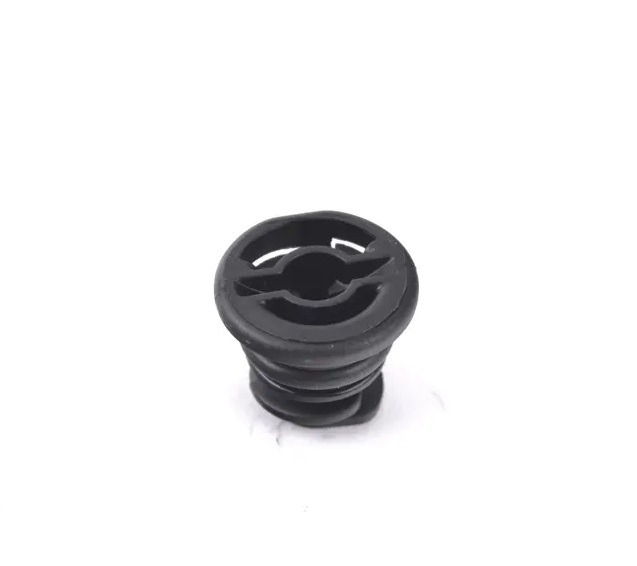input shaft seals
Understanding Input Shaft Seals Importance, Types, and Functionality
Input shaft seals are a crucial component in various mechanical systems, particularly in vehicles and machinery that utilize rotating shafts. These seals are designed to prevent the leakage of fluids, such as oils and lubricants, from the area around the input shaft, which connects the power source (like an engine or motor) to the transmission system or other mechanical assemblies. Understanding their functionality, types, and importance can significantly impact the maintenance and performance of your equipment.
The Role of Input Shaft Seals
The primary purpose of input shaft seals is to maintain a barrier against contaminants while ensuring that essential lubrication remains contained within the system. These seals protect internal components from dust, dirt, and other foreign particles that could lead to wear, corrosion, and ultimately, mechanical failure. Moreover, by preventing oil leaks, input shaft seals help maintain optimal lubrication conditions, which are vital for efficient operation and longevity of machinery.
Types of Input Shaft Seals
Input shaft seals come in various designs, each suited to specific applications and environments
1. Rubber Seals These are commonly used due to their flexibility and resistance to wear. They can adapt to various temperatures and pressures, making them ideal for automotive applications.
input shaft seals

2. Metal Seals For high-pressure systems, metal seals provide enhanced durability and resistance to extreme conditions. They are often used in industrial machinery and specialized vehicles.
3. Composite Seals These combine the properties of both rubber and metal, offering a balance of flexibility and strength, and are useful in applications requiring both durability and resistance to chemical exposure.
Maintenance and Replacement
Regular inspection of input shaft seals is essential. Signs of wear or damage include oil leaks, excessive noise from the drivetrain, and unusual vibrations during operation. If a seal is compromised, replacing it promptly can prevent more significant damage to the transmission or related components. In many cases, replacing an input shaft seal is a similar procedure, straightforward enough for a mechanic but critical for maintaining the integrity of the whole system.
Conclusion
In summary, input shaft seals play a vital role in ensuring the reliability and efficiency of various mechanical systems. By preventing oil leaks and protecting against contamination, they help extend the lifespan of vital components. Understanding the types and functions of these seals can lead to more informed maintenance decisions, ultimately enhancing the performance and safety of vehicles and machinery. Regular checks and timely replacements should be part of any maintenance routine, ensuring everything runs smoothly and efficiently.
-
Simplifying Oil Changes: A Comprehensive Guide to Oil Drain Plugs and Their Variants
News Aug.04,2025
-
Mastering Oil Drain Maintenance: Solutions for Stripped, Worn, and Upgraded Oil Plugs
News Aug.04,2025
-
Fixing Oil Pan Plug Issues: Leaks, Stripped Nuts, and the Right Replacement Solutions
News Aug.04,2025
-
Everything You Need to Know About Oil Drain Plugs: Sizes, Fixes, and Upgrades
News Aug.04,2025
-
Choosing the Right Oil Drain Plug: A Guide to Sizes, Materials, and Drain Innovations
News Aug.04,2025
-
A Complete Guide to Automotive Drain Plugs: Types, Problems, and Innovative Solutions
News Aug.04,2025
-
The Ultimate Guide to Car Repair Kits: Tools and Essentials Every Driver Should Own
News Aug.01,2025
Products categories















